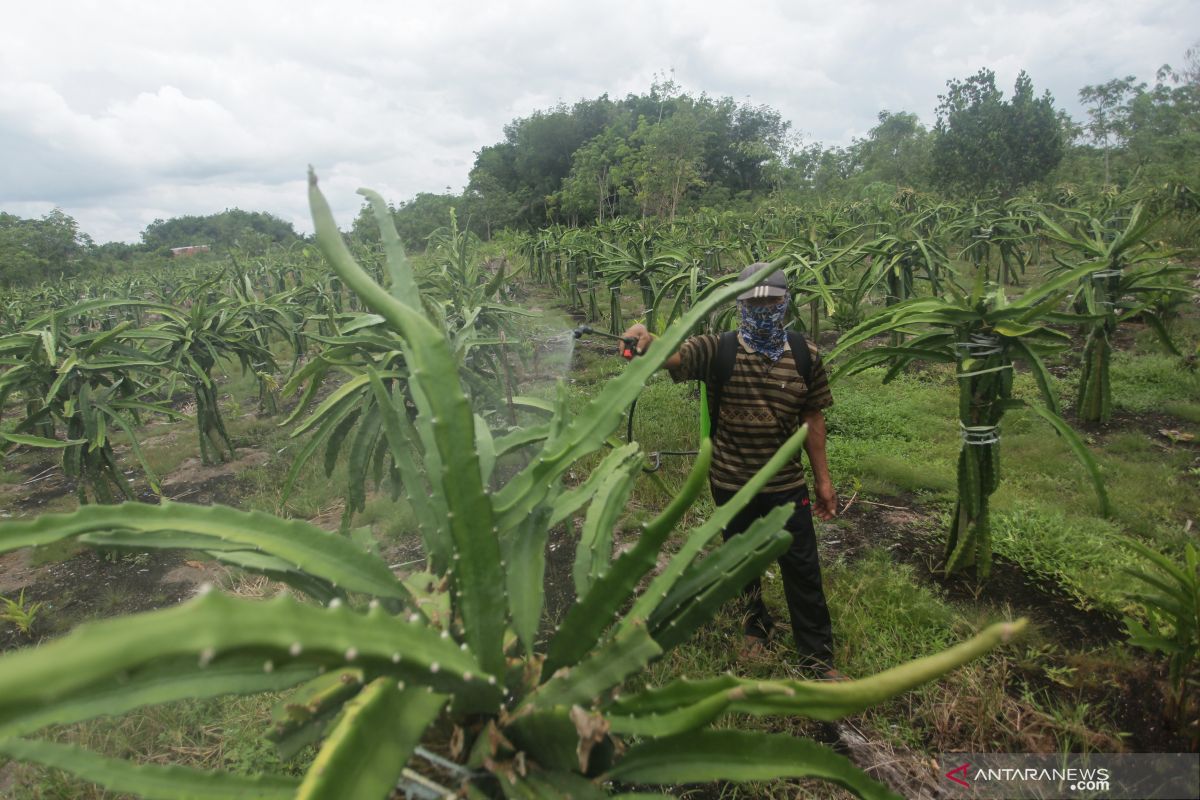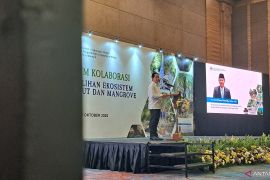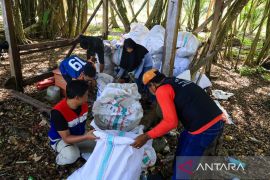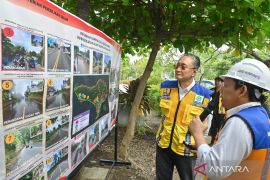Pantau Gambut campaigner Wahyu Perdana said that food for local residents who eco systemically reside on peatlands, such as sago palms, could disappear due to peat damage.
When local food is lost, the culture and identity of local residents are also lost, he said.
"Papua has a higher complexity because not only is the land lost, but the identities of many tribes are also lost when (peatlands) are cleared on a large scale,” he said during a discussion on “Food Estate to Build Food Sovereignty” here on Friday.
Perdana highlighted that peat is capable of storing a significant amount of carbon, so any burning or clearing of peat can release emissions into the atmosphere.
Based on various studies, every one hectare of peat that is cleared releases around 427.2 tons of carbon dioxide equivalent, he pointed out.
"Even though peatlands are degraded and the area of peatlands in the world is no more than 6 percent, their contribution to global carbon emissions reaches 63 percent," he said.
Pantau Gambut highlighted peat damage in Central Kalimantan, including that caused by the Food Estate project.
Peat ecosystems that have been damaged cannot be restored easily as the process of peat formation takes a very long time.
The simplest peat formation process in Indonesia takes 30 thousand years. Some studies have even said that on average, the formation of peatlands takes up to 100 thousand years.
Perdana further explained that the total damage to peatlands due to the Food Estate project in Central Kalimantan reached 3,965.56 hectares in the period from 2020 to mid-2022.
The Food Estate project, which was expected to meet national food needs, experienced a crop failure, he noted.
He gave an example of cassava, which grows stunted and has a fairly high cyanide content. The project also destroys peatlands.
Then, rice planted on Food Estate peatlands is only able to produce 1.5 to 2.9 tons of grains per hectare.
Meanwhile, rice planted on mineral soils can produce up to 6.2–7.3 tons of grains per hectare.
"Local sago food can produce around 150–300 kilograms of wet starch per stick," Perdana said.
"Based on Balitbang data from the Ministry of Agriculture, one hectare of land can ideally produce up to 150 sago sticks," he added.
Related news: Govt looks to tackle peatland fires with weather modification
Related news: Indonesia seeks joint ASEAN effort for sustainable peatland management
Related news: Germany assists Indonesia's peat protection, management
Translator: Sugiharto Purnama, Katriana
Editor: Anton Santoso
Copyright © ANTARA 2023










